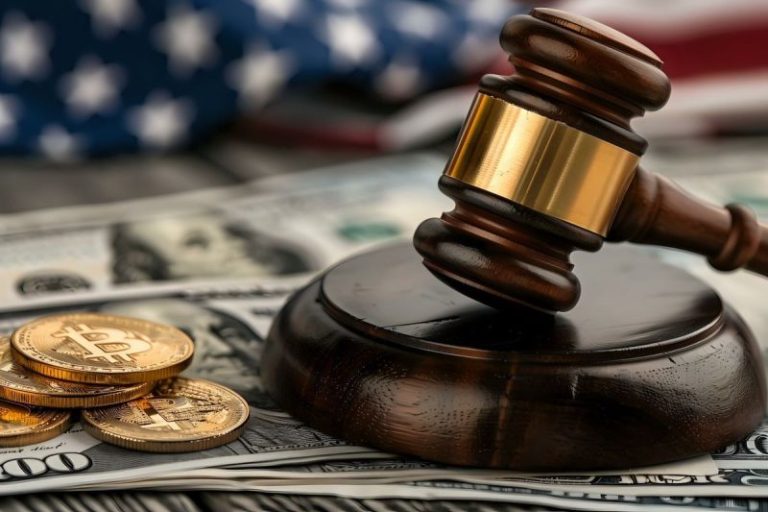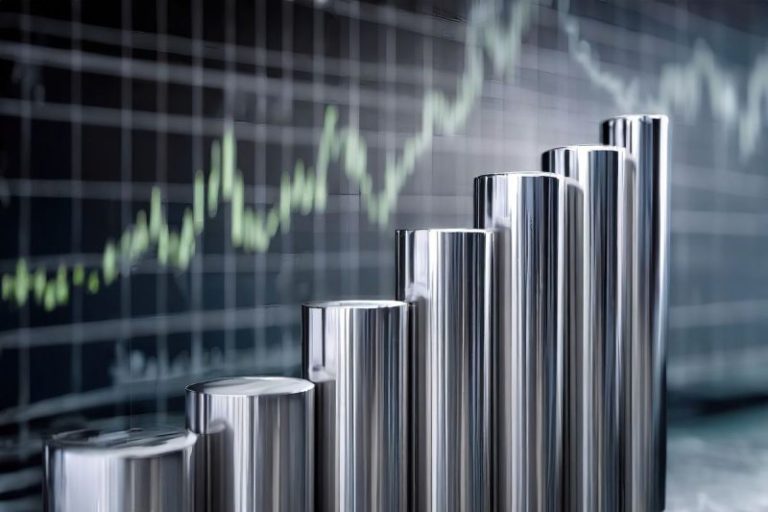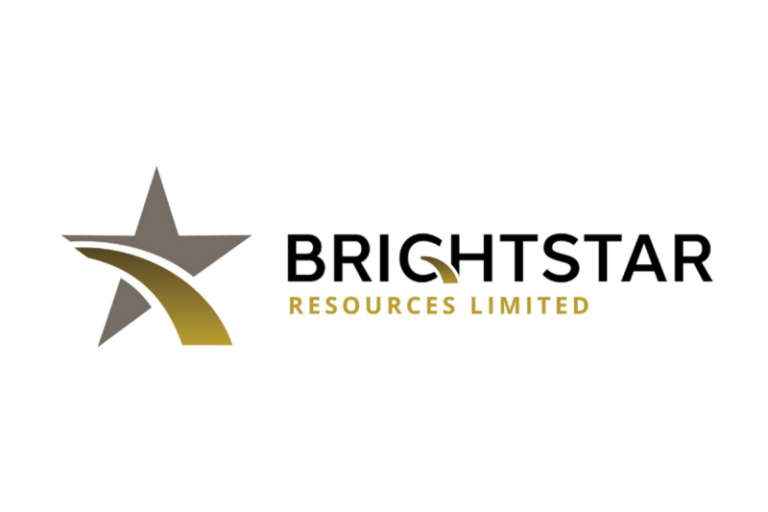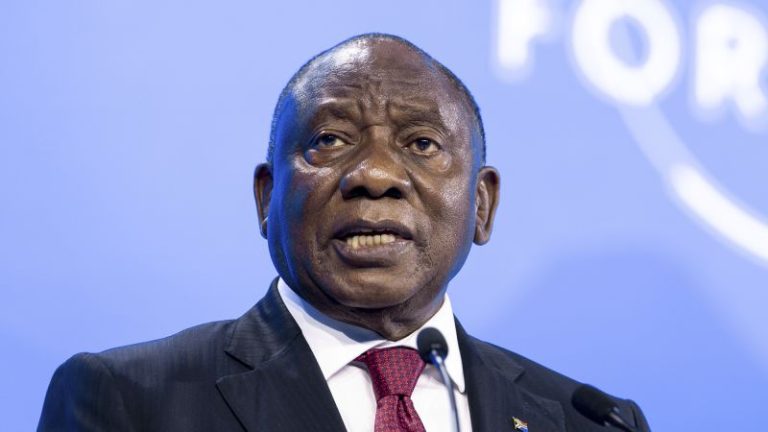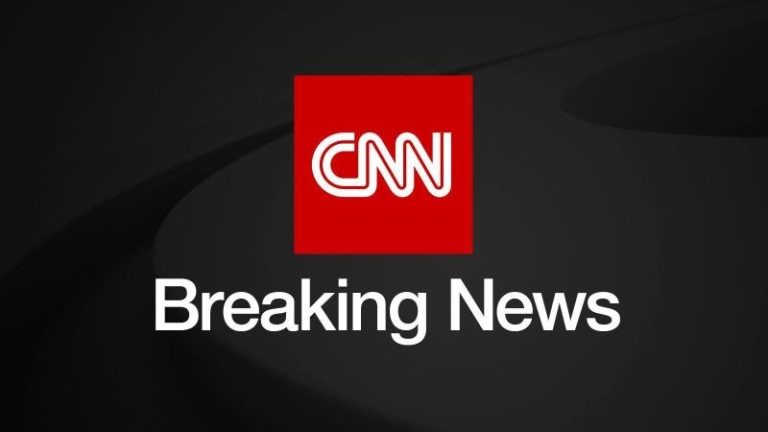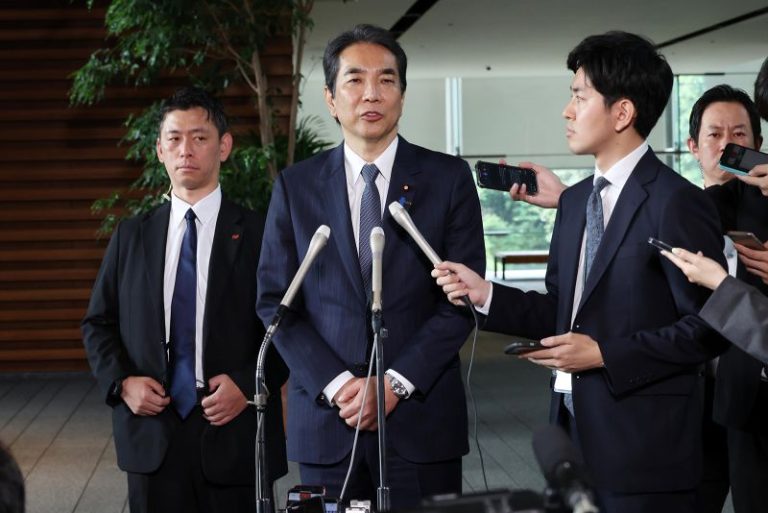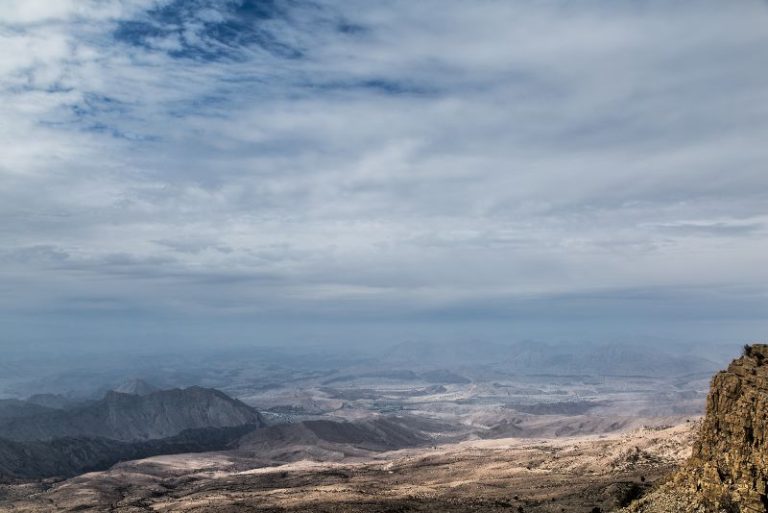The radio crackled, but the order barked into it was clear: Capture the commander and kill the others.
The chilling exchange was part of a series of radio transmissions between Russian forces that Ukrainian officials say provide further evidence that Russian superiors are ordering soldiers to execute surrendering Ukrainian troops in violation of international law.
Morris Tidball-Binz, the UN’s special rapporteur on extrajudicial, summary or arbitrary executions, said the radio transmissions and drone footage suggest the killing of surrendered soldiers by Russian forces, as has been reported by the UN.
Tidball-Binz, who has investigated similar suspected executions, called such incidents “grave breaches” of international law, adding that he believes this conduct could only be authorized by the highest authorities in Russia.
They “would not happen with such numbers and frequency without orders – or at the very least consent – from (the) highest military commanders, which in Russia means the Presidency,” he said.
Russian officials have previously denied that Russian troops have committed war crimes and insisted that Russia treats prisoners of war in accordance with international law.
The alleged executions of prisoners of war, among other widespread charges that Russian military forces are responsible for war crimes in Ukraine, could complicate efforts by US President Donald Trump to bring a swift conclusion to the war. Trump has sought to end the fighting with an erratic approach that has often seen him side with Russian President Vladimir Putin and saw his administration briefly interrupt a State Department initiative to track alleged war crimes by Moscow.
The official said he was examining similar material from other cases, which “strengthen the evidence of a directive from Russian commanding officers to kill Ukrainian soldiers who have surrendered or are in the process of surrendering.”
The Ukrainian Prosecutor General’s office said it has, as of May 5, opened 75 criminal investigations into the suspected executions of 268 Ukrainian prisoners of war. It said the number of alleged executions of Ukrainian prisoners of war has been rising, with eight cases involving 57 soldiers in 2022, eight cases involving 11 soldiers in 2023, 39 cases with 149 soldiers in 2024, and 20 cases so far this year, with 51 soldiers.
Yurii Bielousov, head of the war crimes department at the Ukrainian prosecutor general’s office, said the rise was attributable to “instructions being given by top leaders of the Russian Federation, both political and military. We didn’t yet see a written order, but we had several examples of oral orders.”
Bielousov noted that Putin had said in March that Ukrainian soldiers captured in Russia’s Kursk region should be treated as terrorists. “Everyone knows how Putin treats people who they call terrorists. So, it’s almost a synonym for us to execute,” he said.
Bohdan Okhrimenko, head of the secretariat at Ukraine’s Coordination Headquarters for the Treatment of Prisoners of War, said another possible explanation for the killings was that the Russian military wanted to avoid the logistical issues of capturing and managing prisoners. “It complicates military logistics, from their point of view. The Russian command made a simple decision… to shoot captured prisoners.”
‘Take the commander captive and kill everyone else’
The Ukrainian intelligence official shared a transcript of the radio transmissions, which noted they were intercepted at 12:05 p.m. local time, when the Ukrainian position was stormed, and continued until 12:31 p.m., when apparent fears over a Ukrainian drone arriving causes the Russian commander to order a retreat.
The Russian commander can be heard ordering the killings on six separate occasions. According to the transcript of the intercepted transmissions, the commander’s first order was given at 12:22 p.m.
“Ask who is the commander. Who is the commander? Ask. Take the commander captive and kill everyone else,” he can be heard saying.
Four minutes later, he repeats the order twice.
“You do it. Take the commander captive, f**k off the others.”
“That’s it. Take the senior, get rid the f**k of the others!”
The commander frequently demands updates from his combat unit, who struggle to reply. “Someone, b*tch, answer, are the f**kers surrendering or not?”
The soldier referred to by the callsign “Arta,” who appears to be the main interlocutor, says they have not found a Ukrainian commander, only a “senior.”
At 12:28 p.m., the order is given on the radio a sixth time, and a soldier wearing a mask and a dark green uniform consistent with the Russian military can be seen emerging from the foliage, moving towards the captives.
“Get the f**k out! Take the senior, get rid of the others, f**k!” the commander said.
One Ukrainian soldier is visible in the grainy footage apparently gesturing to the Russians. Moments later, the masked soldier shoots him in the head. The voice of the Russian commander captured on the transmissions then asks if the killing is complete.
“Did you take them down? A question. Did you take them down? A question.”
“Arta! Arta! I’m Beliy, roger that!”
“We killed the f**king others.”
In the footage, another Ukrainian, presumably the commander who was motionless until that point, stands up, removes his body armor and is led away. The Russian commander radios his concern as a drone is seen rising over the smoke from an explosion. A retreat is then ordered.
The killing of surrendering Ukrainian troops is alleged by Ukrainian officials and international experts to be part of an orchestrated Russian policy. The incident appears to be one of the first times that intercepted radio transmissions have been linked to drone footage of a suspected execution.
Ukrainian officials claim the alleged executions are fueled by Russia’s cultural hatred of their opponents but are also meant for psychological impact. Okhrimenko said Russian soldiers had posted videos of the beheading and castration of Ukrainian troops to affect morale.
“Violence breeds violence,” he said, adding that Ukraine had increased training of its personnel to be sure Russian prisoners were held safely for later exchanges.
This post appeared first on cnn.com


